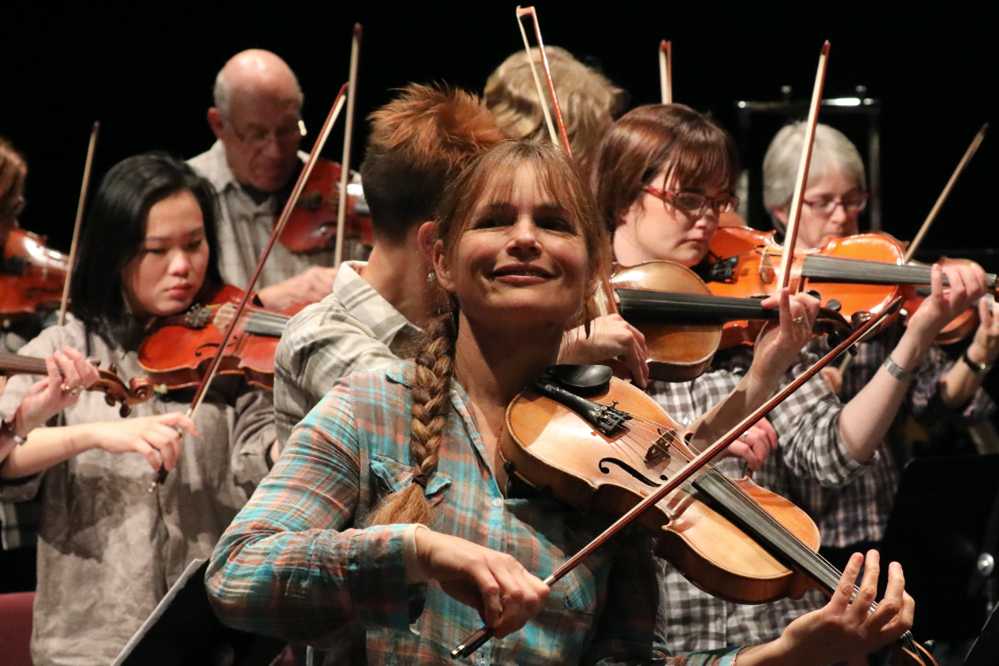
Finding the leverage point
Published on 10 February, 2021

A feature article from the Waikato Vital Signs 2020 Report.
Gathering data and setting policy creates ‘silos’ of knowledge, as a way to understand the situation and then allocate resources.
The Waikato Vital Signs® project’s defined ‘Impact Areas’ – Strong Communities, Children and Youth, Economic Vitality, Education, Environment, Health, Arts-and-Culture and Recreation-and-Sport – focus the exercise and provide entry points for reader’s interest, while also reflecting how our society is imagined and organised.
However, when asked to prioritise these Impact Areas, numerous Waikato Vital Signs® 2020 Survey respondents suggested it was difficult and not helpful to do so, as society’s issues all intersect with each other. This interweaving is the very reason Vital Signs® projects seek subjective viewpoints to complement and respond to objective data, although that also clearly invites such a challenge.
These Impact Areas are certainly not sealed domains. Terms such ‘The Economy’ or ‘The Environment’ should be seen as descriptive points or poles, between which specific issues fall. For instance, one survey respondent suggested ‘Public Transport’ and ‘Aged Care’ should have been such headlines, but both can touch on most or all of these policy areas.
What the survey and workshop responses collectively reveal is that while everyone sees issues as inter-related, each of us tend to see one or two of the listed Impact Areas as being in the foreground.
In turn, when we invest energy into addressing the issues we particularly care about, the focused effort can leverage positive change across the board.
Survey respondent Matthew Vare has both a neighbourhood and professional interest in the restoration of Hamilton’s gullies, which has led him to envision a strategic biodiversity solution with potentially wide-ranging benefits for the whole region.
The gullies fractally branch out from the Waikato River through Hamilton’s suburbs, often hidden behind the grid of houses built around them. For the first century of the city, they were treated as drains, dumps and out-the-back wastelands and divvied up as private sections, but in recent years new housing developments have instead set them aside as public parks and native plants are being re-established by keen volunteer community groups in various furrows across the city.
“I am interested in ecological restoration and enhancing biodiversity and in how that activity can be done in ways that support community connection, provide education and employment, enable kaitiakitanga and connect city people to their natural environment,” says Matthew in his survey submission.
Biodiversity is in crisis around the world and natural habitats urgently need to be restored. This is a pressing need in cities as much as anywhere else, and indeed such conservation work near human populations offers multiple opportunities for positive change.
“Economic, education and wellbeing challenges can be met by taking a values-based approach to environmental enhancement, while also improving the underpinning life support systems that nature provides us,” says Matthew.
“Reversing environmental degradation is a big challenge but fixing it in a way that also provides for social, cultural and economic wellbeing is a massive opportunity.”
The environmental data collected for this report shows the extent of indigenous habitats in Hamilton and across the Waikato is either static or declining. The UN Sustainable Development Goal (SDG) for biodiversity for cities is ten per cent of their area given over to original vegetation – at present about 1.5% of Hamilton’s heritage greenery survives, replanting all its gullies would take that to 9.5%.
“A concerted, properly funded city-wide effort to restore the gullies, one that mobilises neighbours as partners and volunteers, would provide community connection, new skills training and employment, ecological and historical education, more recreational paths, improved air-soil-and-water quality, and the resulting wellbeing, health, economic and cultural benefits that come from all those outcomes,” says Matthew in a later interview.
Ultimately though, Hamilton’s gullies are just one piece of the regional biodiversity picture, only a dedicated Waikato-wide body can put together the whole puzzle by providing the “backbone support” that will allow local ecological efforts to achieve real collective impact.
“We need a funded professional organisation that can set the strategic goals for biodiversity across the Waikato, build and run an effective monitoring framework, do the research, support and improve the effectiveness of community restoration activities and be the public advocate for the effort and the outcomes,” says Matthew.
All our society’s issues are indeed inter-related, but entities that address specific challenges by honestly and equitably partnering expert knowledge and skills with local perspectives and enthusiasm can be the leverage point for positive change across the many challenges we face as a society.



